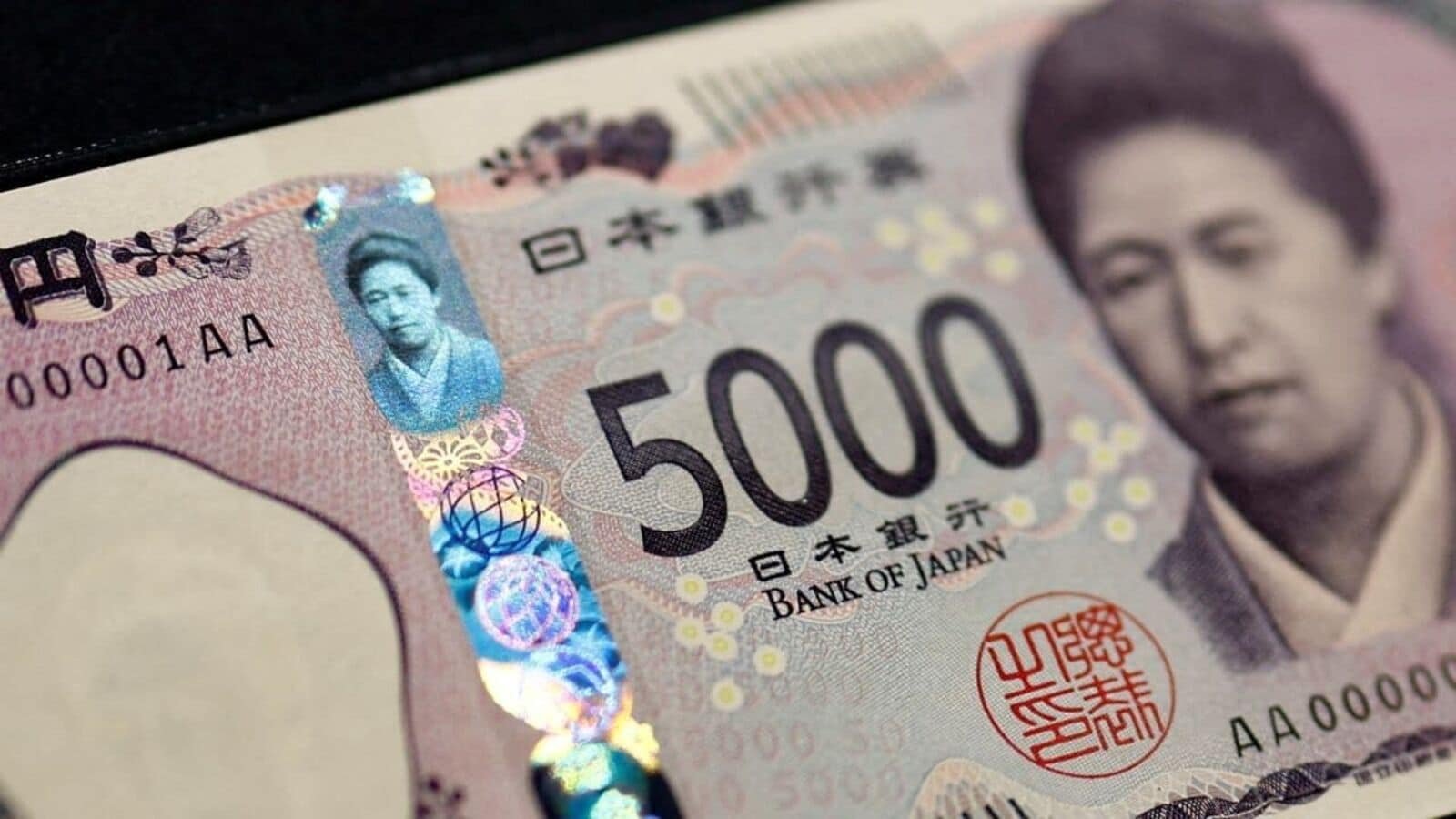Japan’s Yen surged 2% as it witnessed its highest level against the dollar since January, and China’s yuan jumped by 0.7%, on Monday, damaging carry trade rates. The Mexican peso, on the other hand, slumped 5 per cent against the dollar in Asian trading, moving for a loss on the consecutive third day.
Such a sudden appreciation in funding currencies has ignited worries among investors, as the yen and the yuan are typically used for carry trade, Bloomberg reported. Here’s what it means
What is carry-trade
A carry-trade is an immensely popular trading strategy, where an investor borrows money from a country with low interest rates, through a weaker currency(Japan in this case), and reinvests the money in another country’s assets, which gives a higher rate of return.
Carry trade has been one of the biggest sources of flows in the global currency market.
Why is Japan’s Yen important for Carry Trade
With low volatility, yen-funded carry trades were the most popular as investors bet Japanese interest rates would remain at rock bottom. The Bank of Japan, however, raised its rates for a second time in 17 years in its July 31 meeting, and has hinted at more, reported Bloomberg. Traders are now looking at the Chinese yuan, betting on the currency’s weakening amid concerns about the country’s economy.
The Japan Bank’s benchmark interest rates saw the highest level since 2008, as the bank raised it to approximately 0.25%, as compared to the previous range of 0% to 0.1%.
In the wake of carry trade positions undergoing massive capitulation, Nick Twidale, the chief markets analyst at ATFX global markets, said it has occurred “with everyone running for the door at the same time.”
Analysts pointed out that selling pressure from investors who sought to repay their debt in Yen, dragged the prices of US equities lower.

